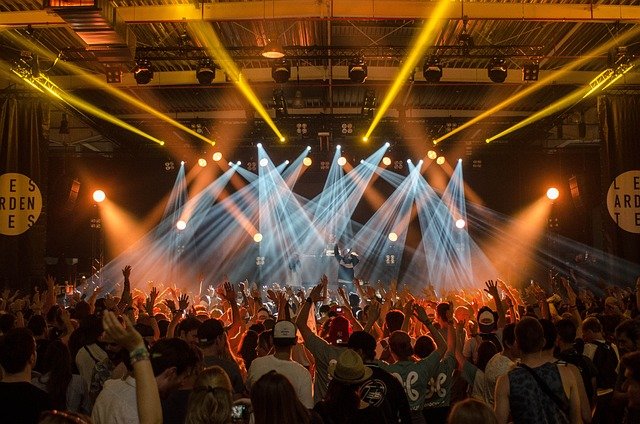How Independent Performance Spaces Are Adapting Worldwide
Independent performance spaces around the world are rethinking how they program, connect with audiences, and sustain operations. From hybrid events to community-driven curation, small venues, galleries, and festivals are experimenting with new models to remain relevant in changing cultural and economic conditions.

Independent performance spaces are redefining their roles in contemporary cultural ecosystems by blending live and digital practice, expanding curatorial approaches, and prioritizing accessibility. Many venues that once relied solely on ticketed shows now experiment with hybrid formats, pop-up exhibitions, collaborative residencies, and flexible touring arrangements. These changes aim to broaden audiences, support artists’ livelihoods, and maintain cultural production despite funding fluctuations and shifting audience habits.
How are performance and theatre adapting digitally?
Performance and theatre-makers are increasingly integrating digital elements—live streaming, multi-camera broadcasts, and bespoke interactive platforms—to reach more dispersed audiences. Digital adaptations allow experimental staging, remote collaborations, and pay-what-you-can ticketing that reduce geographic barriers. However, preserving a sense of immediacy and communal atmosphere remains a challenge; many spaces now combine in-person runs with online encore streams or asynchronous viewing windows, enabling audiences to choose how they participate.
How are galleries and exhibitions changing curation?
Galleries and exhibition spaces are expanding curation beyond static displays, adopting durational programs, participatory projects, and site-responsive work. Independent curators pair traditional gallery shows with off-site activations, workshops, and digital archives that extend engagement. This approach helps small venues amplify underrepresented voices and craft layered narratives that travel with exhibitions, making it easier to collaborate with regional partners and touring presenters while keeping programming experimental and audience-focused.
How are festivals and touring models evolving?
Festivals and touring circuits are experimenting with modular formats, decentralized programming, and collaboration between small venues to reduce costs and environmental impact. Instead of single large events, organizers run micro-festivals across neighborhoods or partner with galleries and community centers to host satellite shows. Touring artists benefit from pooled logistics and shared marketing; venues benefit from curated blocks of work that fit local capacities. This model supports flexibility in scheduling and enables risk-sharing among partners.
How are film and music programming being reimagined?
Independent venues that present film and music are diversifying formats to include curated film nights, multi-format screenings, DJ-led mixes, and intimate concert series. Cross-disciplinary programming—pairing experimental film with live sound, for example—creates unique offerings that distinguish small spaces from mainstream venues. Emphasis on local scenes and artist-led curation helps preserve cultural specificity while digital distribution and recorded sessions give these programs extended life beyond single performances.
How are audiences and accessibility being addressed?
Many independent spaces are prioritizing accessibility and audience development by offering relaxed performances, multilingual materials, sliding-scale pricing, and captioned or audio-described digital content. Community outreach—partnerships with schools, local organizations, and grassroots networks—builds trust and diversifies attendance. Spaces measure success not only in ticket sales but in repeat engagement, participatory metrics, and qualitative feedback to design programs that reflect community needs and remove barriers to participation.
How are culture spaces sustaining through collaboration and touring?
Sustainability increasingly depends on collaboration: shared back-of-house resources, co-commissioning, artist residencies that involve multiple venues, and pooled marketing efforts. Cross-border touring strategies often include short-term residencies that allow artists to adapt work to new contexts, while venue alliances enable artists to plan longer, more viable tours. Grantmakers and philanthropic partners frequently support these networks, but long-term resilience also rests on diversified local income streams and strengthened community ties.
Independent performance spaces continue to balance experimentation with practical sustainability. By blending digital and live offerings, rethinking curation, and deepening community relationships, small venues are carving out adaptive pathways that support artists and audiences across varied contexts. While each locality faces unique challenges, shared practices—collaboration, flexible programming, and a focus on accessibility—create a resilient framework for independent cultural production.





